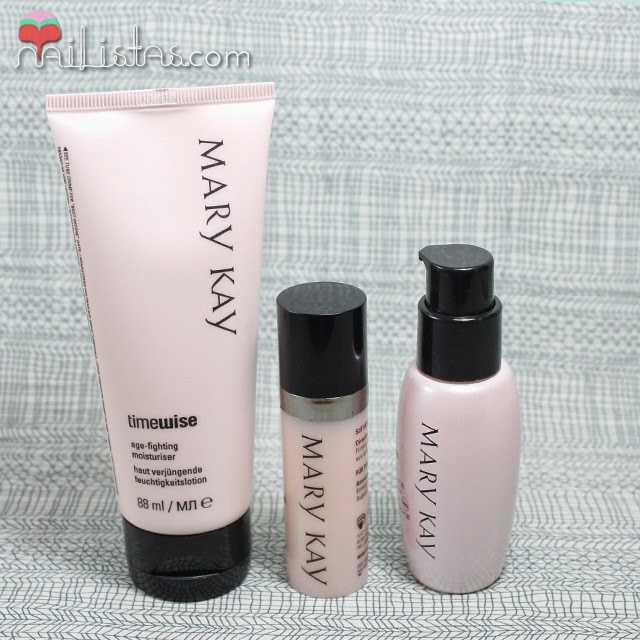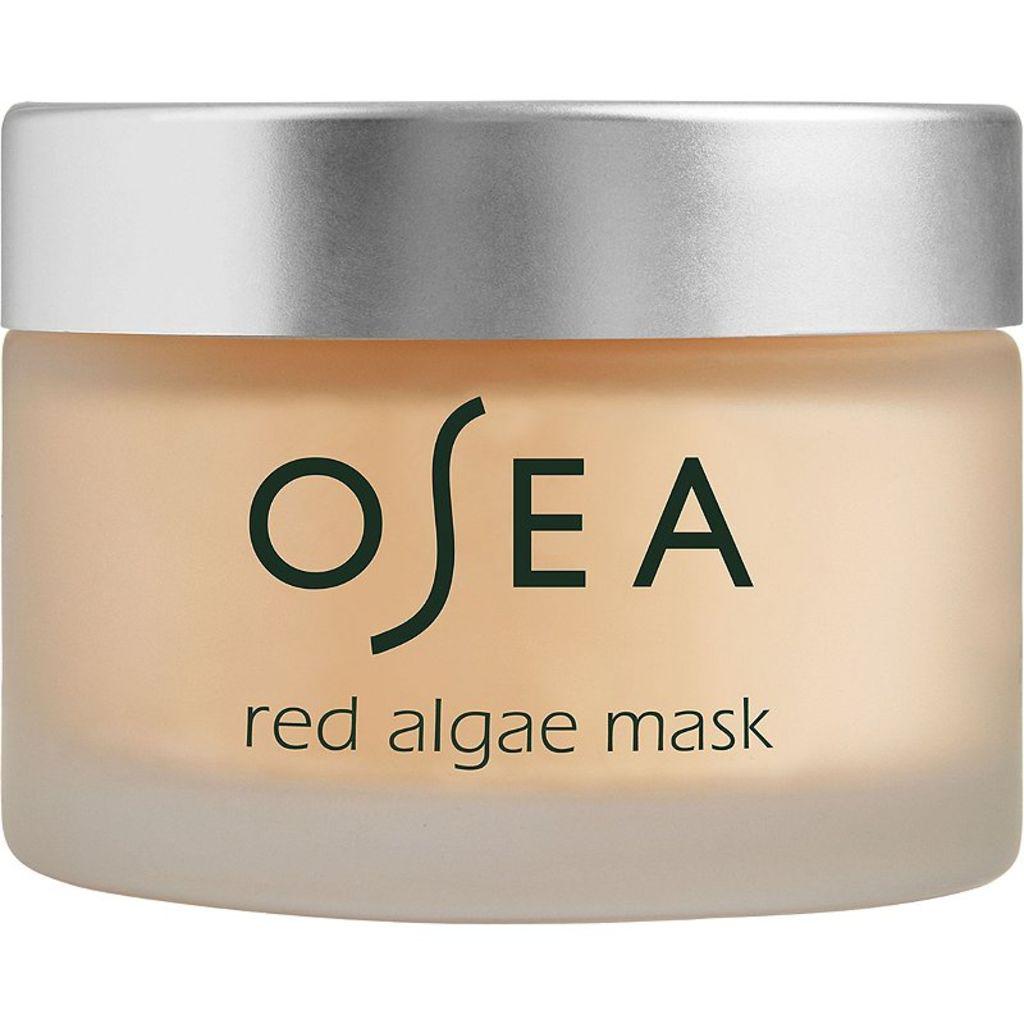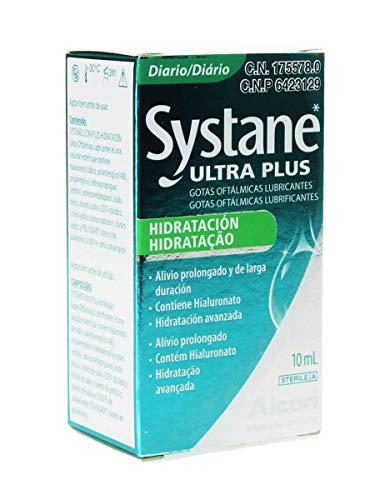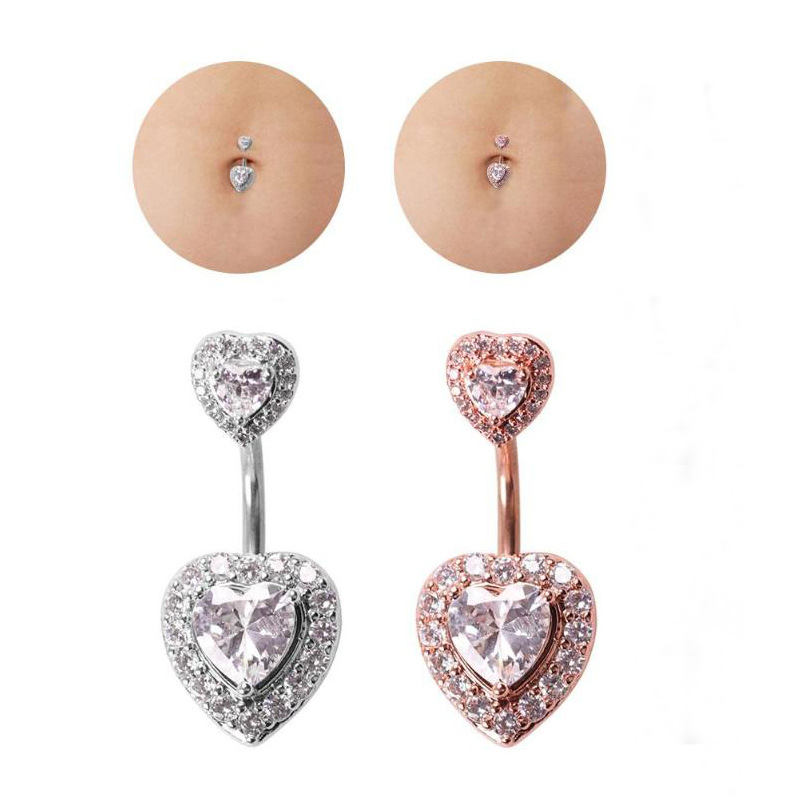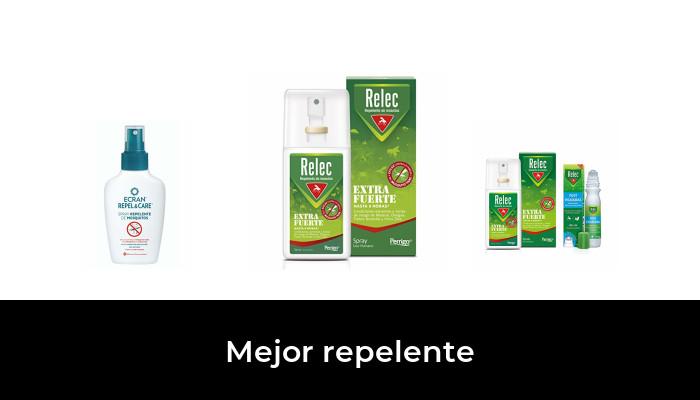Hyaluronic acid: everything you should know when incorporating it into your daily beauty routine
Facial care is something that we have internalized and every time we start applying beauty tricks to have perfect skin.Especially now in summer, that we have made a master with the beauty products to put in the bag to continue taking care of us when we are on vacation.Among those products are sure that there are a good eye contour (essential for the good face so desired on vacation) and some product with hyaluronic acid as the protagonist.We have incorporated it in our beauty routine in an almost compulsive way thanks to all its benefits, but, are we really clear about this substance?
To solve some unknowns about this substance, we have talked to Dr. María Agustina Segurado, an expert advisor to Nivea, who tells us all those who should know about hyaluronic acid when incorporating it into our daily beauty routine."Hyaluronic acid is the great revolution of current cosmetics.All skin types can benefit from it, because it is a natural substance that our body recognizes as its own component.In addition, it is present in many foods.Thus, the agency incorporates it without any problem, "says Dr. María Agustina Segurado.
What is hyaluronic acid and what is it for
Hyaluronic acid is one of the star components of the cosmetics of recent years.The aesthetics sector uses it to combat one of the great enemies of the skin: aging.Although at first it was only used directly into the body, especially in the face area, today this ingredient is also available in a wide and diverse amount of products, from facial creams, ampoules and serum, to After Sun formulas.And it is not for less: its benefits have made it an essential in any facial care routine.
Hyaluronic acid is a totally natural substance, as it is present in our body.It is found in multiple organs and areas of the body, such as skin, joints or ocular balloons.One of its main objectives is to set the water, that is, retain moisture in the organs.In the case of the skin, it is indispensable to stay hydrated, elastic, smooth and volume.It is a molecule capable of retaining up to 1.000 times its weight in water.
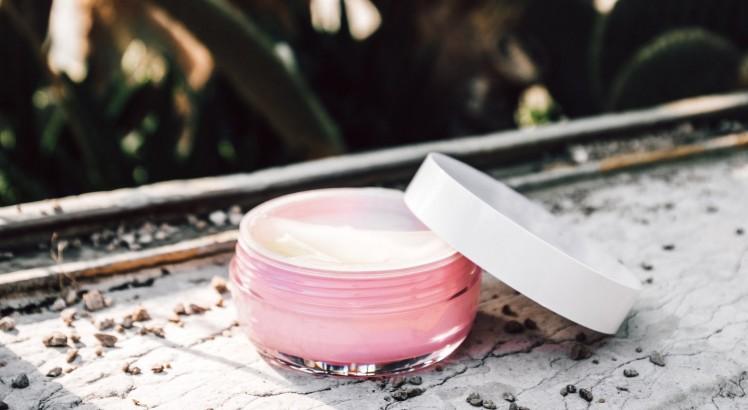
However, as we age.Dr. María Agustina, an advisor of Nivea, explains that "from 50 years, the body's amount of hyaluronic acid is reduced by 50%"."Our skin is no longer so hydrated and the signs of age are marked more in it, causing sagging, trenching, wrinkles, loss of volume and offset of the facial contour," explains the doctor.
Although to have a young, turgid and smooth skin, it is not essential.We tell you everything that this substance can do for keeping the skin in good condition.
Hyaluronic acid benefits
Types of hyaluronic acid and its skin benefits
For all these reasons, hyaluronic acid is the key ingredient for a healthy and young -looking face.However, to get it penetrate and have really visible effects, it is necessary for the skin to receive the two types that exist.
How to incorporate hyaluronic acid into the skin
Thanks to a combination of both types, the skin not only receives an extra of this component from the outside, but also stimulates the production of this substance in a natural way.
There are different ways to increase the levels of this molecule in the body, in order to prevent the passage of time from affecting skin hydration.These are the three most common forms in which we can incorporate it: in treatments, through products or in food.
Hyaluronic acid injection treatments
Hyaluronic acid is also present in our eyes, it was found that the treatments that included it helped improve the healing of wounds caused by eye surgery.Thus, as of 1996, the treatments with injection of hyaluronic acid to the world of aesthetics and beauty were transferred.The main objective of these infiltrated injections in the different layers of the skin is to help recover volume, filling wrinkles or expression lines or at a deeper level, on the bone to get a good marking of the facial oval.Their most common uses are usually in:
In general, in these interventions two types of hyaluronic acid are usually used: the reticulate, which is used as a filling, with a large water retention capacity and with more enduring results, and the non -reticulate, lighter and with a use to use toa more superficial level with the objective of moisturizing the skin and preventing future wrinkles.Remember that all these treatments are only done in specialized dermatological clinics and under the supervision of a medical team.
Facial products enriched with hyaluronic acid
After knowing the usefulness of this substance to recover skin hydration, it was incorporated into various topical use products.It is a simple way to combat aging and loss of hydration, since it works on the most prone areas to wrinkles and sagging, providing again volume, firmness and elasticity from the inside.In addition, they actively improve the natural process of regeneration of the skin, getting it more hydrated, soft, smooth and with a younger and healthier appearance.
Using creams, blisters or serum enriched with hyaluronic acid routinely is essential to help mitigate aging problems and maintain a good balance in the skin, causing it to recover moisture, increasing its volume and moisturizing the layers of the skin to improve thus improve their appearance.
Hyaluronic acid in food
Some foods are especially rich in this substance.Incorporating them into our diet will be one more way to complement the effect of facial care routine.These are the foods that contain the most hyaluronic acid.
In addition, there are other foods that help our body to produce a greater amount of hyaluronic acid naturally such as potatoes, radishes, whole grains and pumpkin seeds, since they are rich in zinc, a mineral that stimulates the formation of the formation ofThis beneficial acid, as well as soybeans, cocoa or spices such as parsley or coriander, also with antioxidant properties.
Finally, it is also convenient that we consummate foods rich in magnesium.Magnesium is a necessary mineral for the synthesis of hyaluronic acid.Therefore, including spinach, almonds, legumes (beans, chickpeas, lentils) or nuts in our diet is very important.

![47 best antiage nutritive cream in 2022 [based on 326 reviews]](https://website-google-hk.oss-cn-hongkong.aliyuncs.com/drawing/article_results_6/2022/2/27/1918fc37c66ad30564173e69d9df88a0.jpeg)
